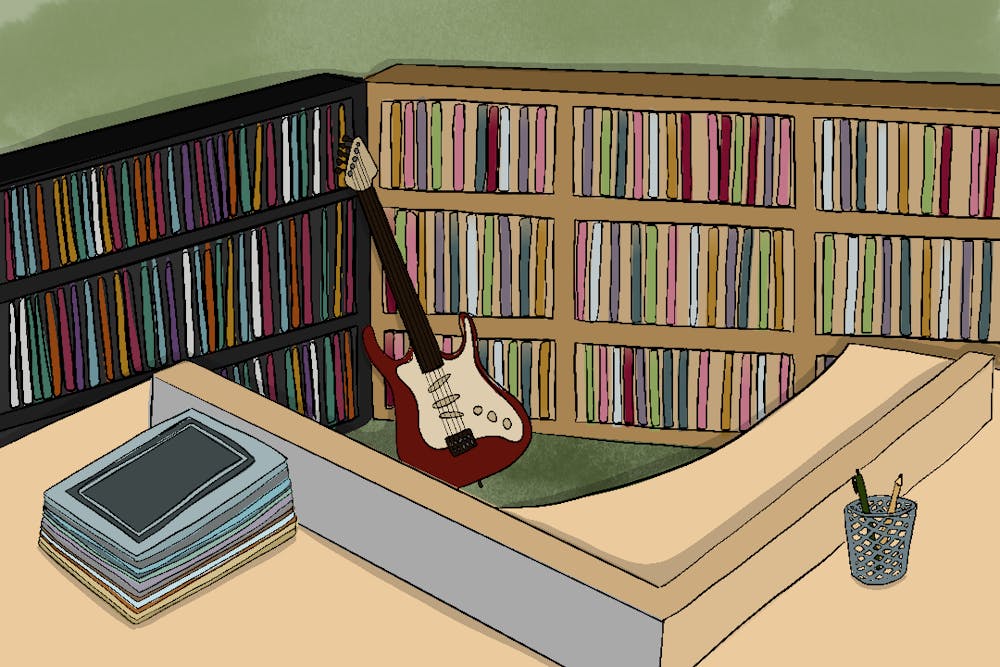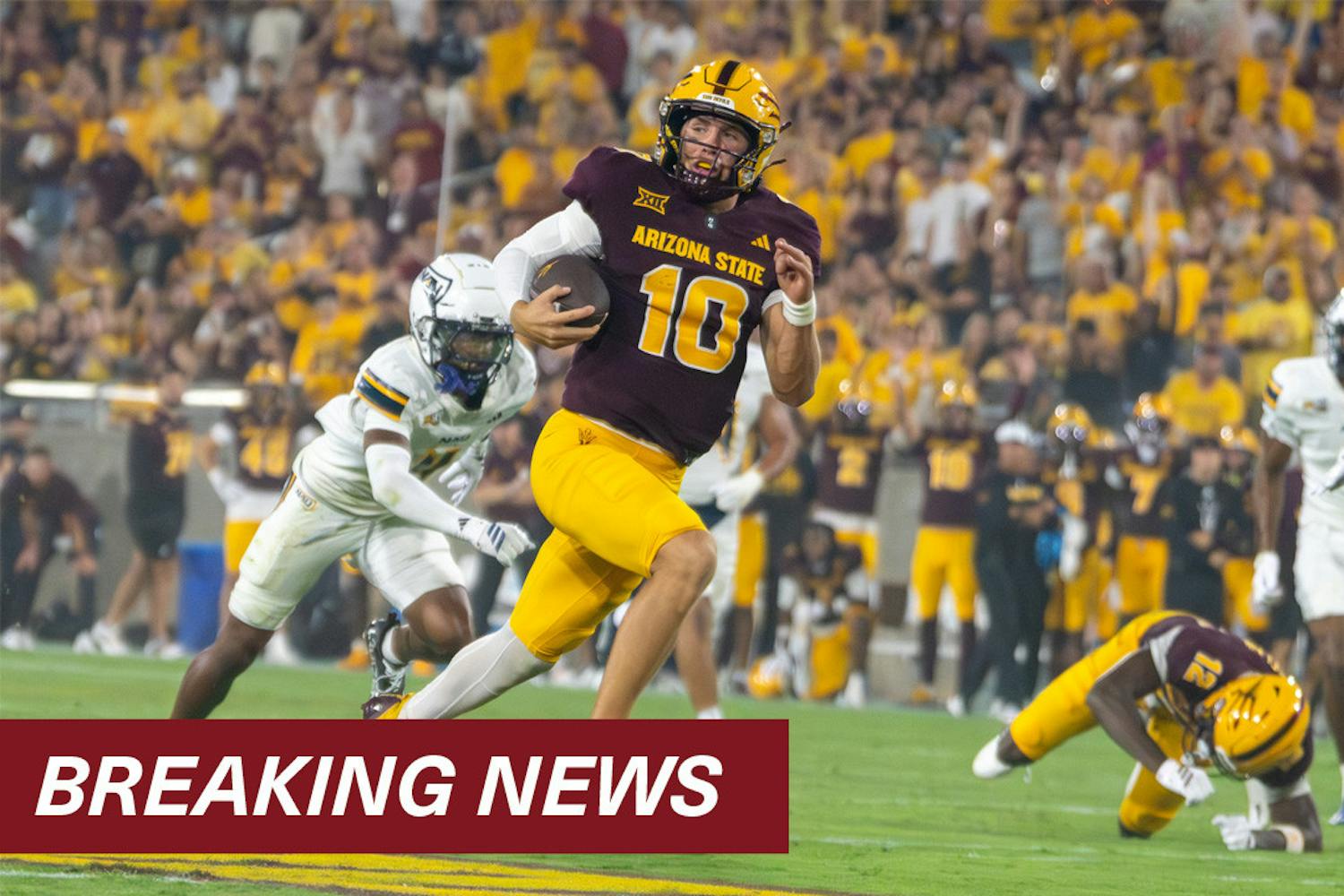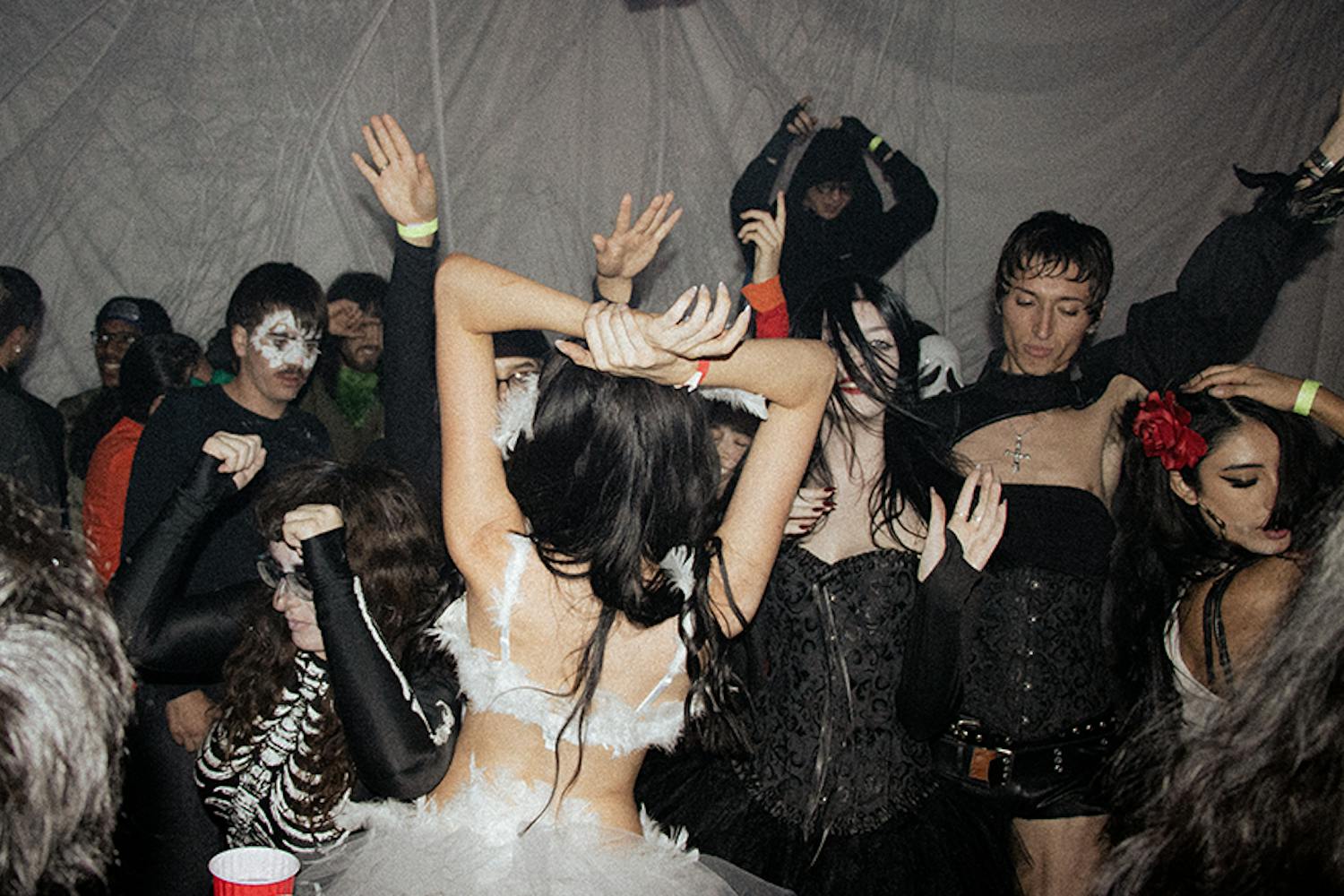From Taylor Swift to BTS to T-Pain, NPR's Tiny Desk Concerts have consistently brought a new angle and sound to music's biggest stars, as well as new and rising ones.
In the series, artists visit the NPR newsroom and perform a short setlist. The concerts started in 2008 but blossomed in the mid-to-late 2010s, with multiple performances blowing up online. Tiny Desk Concerts from the likes of Mac Miller, Adele, Anderson .Paak and more drew hundreds of millions of views on YouTube.
"It feels almost like you're watching a private concert," said Chloe Bracy, a graduate student studying global education and the vice president of ASU's Album Listening Club. "It just feels more intimate. I think it is a better representation of who an artist is."
READ MORE: ASU's 'book club for music' builds community through album listening, discussion
In this stripped-back setting without modern post-production, artists put their raw talent on display. For some artists, this change in sound allows fans to appreciate their skills in a completely different way.
T-Pain's 2014 performance showed audiences what the Tiny Desk could do. Before then, T-Pain received criticism online for his use of autotune before it was fully integrated into the mainstream.
But in this performance, accompanied only by a keyboard, T-Pain showcased exactly what the Tiny Desk could be: a complete reevaluation of an artist's talent due to a change in scenery.
"Listening to a Tiny Desk version with such lush instrumentation, it enhances the listening experience 100%," said Bella Mazzilli, a freshman studying journalism and mass communication and a DJ for Blaze Radio. "A lot of the time I listen to that more than I would the studio recorded version."
Artists have been accompanied by orchestras, live brass players, their producers or even just their friend playing a keyboard. But perhaps the main appeal for fans is the opportunity to see artists in a more relaxed, close-up environment.
"The intimacy of it is what draws people in, because I'm never going to be face-to-face with Taylor Swift," Mazzilli said.
Swift and other mainstream artists who are far removed from any indie label are rarely seen in an environment like the Tiny Desk, giving the series its own unique appeal.
"It definitely makes somebody who's super, super popular seem more human," Bracy said. "When the artist's on stage ... they are a certain version of themselves that’s probably a bit more polished and manufactured. With the Tiny Desks, the artist is like, 'Hey, this is me.'"
In addition, many artists in the series use the time between tracks to talk to the audience, tell backstories of songs or goof around with their band — much like in real concerts. These choices showcase more and more of what an artist is about and further endear them to fans.
"I really like to see an extension of the artist's personality in the Tiny Desk Concert," said Jillian Coté, a senior studying marketing. "It's fun when they're just treating it as a fun experience rather than something that's going to affect their public reputation or anything of that manner."
Tiny Desk Concerts are currently available on YouTube, so listening to solely the audio of the performances is difficult without digging into something like Spotify Local Files. Some Tiny Desks, like Omar Apollo's Tiny Desk setlist, were posted to Spotify, but fans are unsure whether or not all concerts should be.
"In one way, I think it should be on Spotify, just so it's more accessible," Mazzilli said. "But the beauty of it is that you can watch it. I feel like that would kind of compromise the unique nature of it."
Though other live performances like Spotify Sessions or A COLORS SHOW have done well online, they haven't found the influence or widespread appeal that NPR's series has.
A tiny desk with a big platform, the concert series continues to pave the way for artists big and small to fully showcase their talents online.
And as artist Noname said during her own Tiny Desk Concert, "I've watched so many of these, so I'm like, I just want to be as good as T-Pain."
Edited by Sophia Braccio, Sadie Buggle and Caera Learmonth.
Editor’s Note: Jillian Coté was a reporter for the State Press in 2021.
Reach the reporter at adirst@asu.edu and follow @andrewdirst on X.
Like The State Press on Facebook and follow @statepress on X.
Andrew is a senior studying journalism and mass communication. This is his fourth semester with The State Press. He has also worked at The Arizona Republic and Cronkite News.




